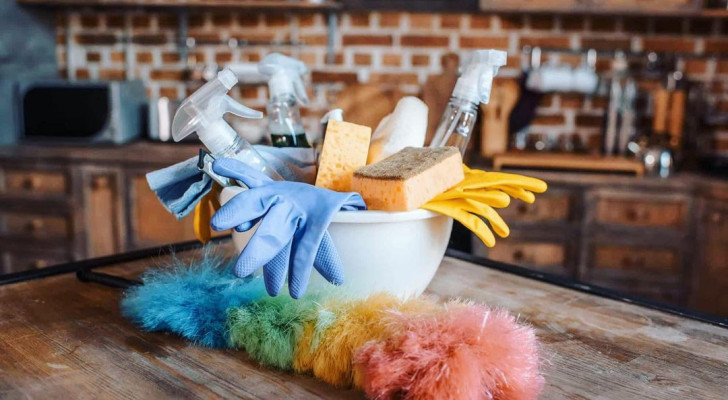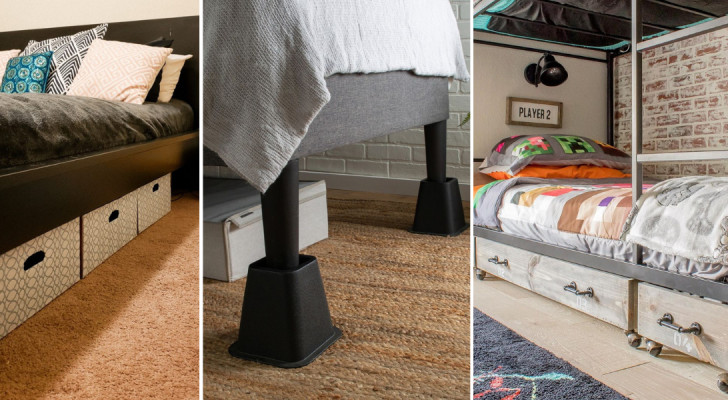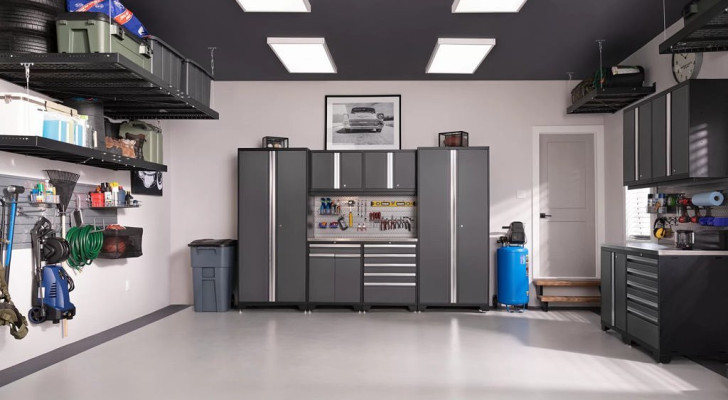Household cleaning: 10 simple mistakes to avoid
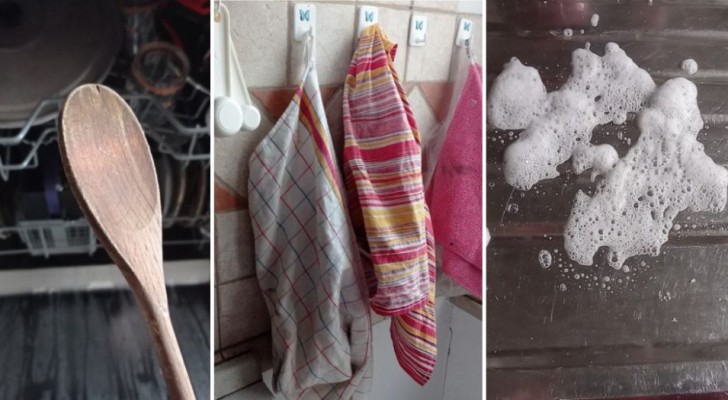
Household cleaning is a fundamental aspect of our daily lives and over the centuries, has allowed for the gradual improvement in the hygienic state of our homes - with additional advantages for our well-being. It is therefore important that these chores are carried out regularly and well so that our domestic environments are kept clean and sanitized.
But are we really sure we're doing everything correctly? We probably make some small mistakes that risk compromising the results of our efforts. Here are 10 things you might be doing wrong when it comes to household cleaning:
1. Not changing towels and tea towels
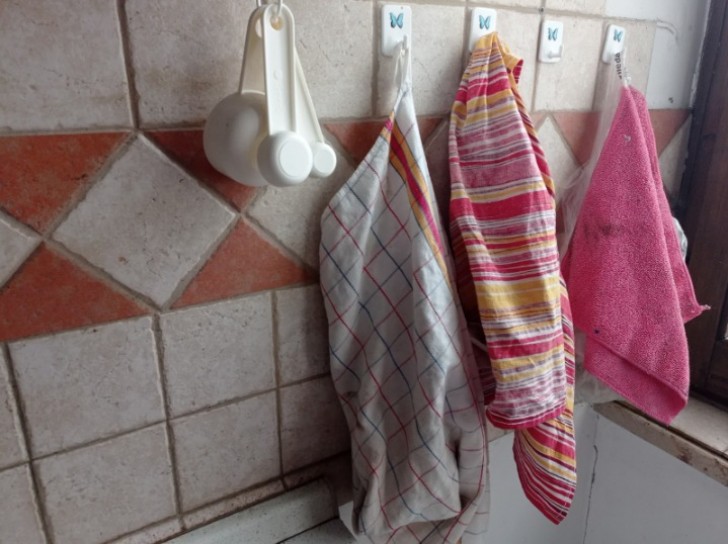
Creativo
Using the same towel or cloth for too long - as well as using the same cloth to clean everywhere - can be counterproductive. In fact, dirt and microorganisms can be deposited on fabrics quickly and can easily be spread over the surfaces we clean. This is especially true for humid rooms such as the bathroom or the kitchen. We should, therefore, replace towels and tea towels regularly.
2. Insufficient contact time
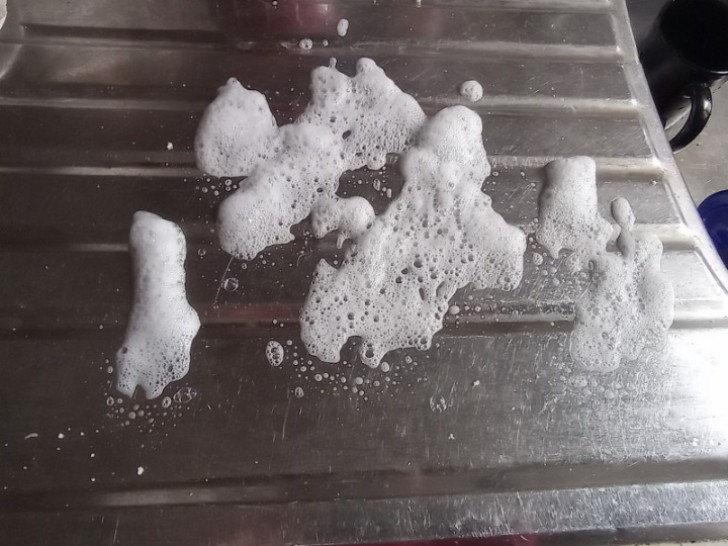
Creativo
Every sanitizing detergent needs sufficient contact time for it to act on dirt and bacteria. Always read the labels of the detergents carefully to find out how they work exactly. As for DIY remedies, the contact times for correct sanitization are as follows:
- vinegar: 30 minutes
- baking soda: at least 15 minutes
- citric acid: a few minutes are sufficient for most surfaces. For the toilet, it is best to leave it to act for a few hours.
3. Wood and small utensils in the dishwasher
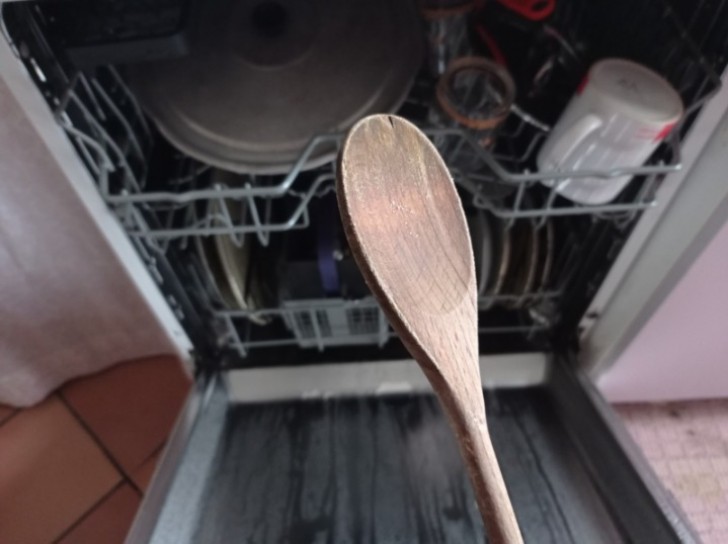
Creativo
Wooden utensils should not be washed in the dishwasher as, due to the humid environment, there could be a proliferation of mold on its surface. The same is also valid for small tools with holes such as graters, garlic presses, citrus squeezers, potato mashers; dirt residue can be deposited inside the holes and are not removed by washing in the dishwasher, with the possible consequential proliferation of mold.
4. Towel softener liquid
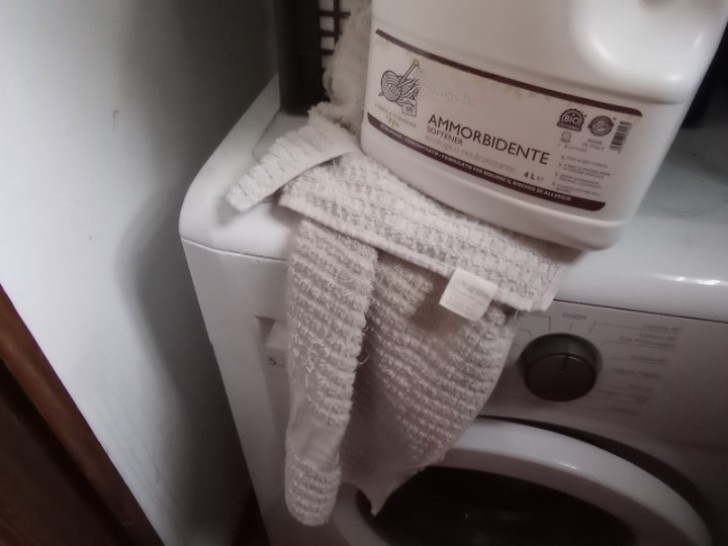
Creativo
The use of chemical fabric softeners in the washing of towels could deposit chemicals on the fabric which make them stiff and reduces their absorbency. To avoid this problem, wash towels at a high temperatures and replace the synthetic softener with a cup of ammonia or 100 ml of a mixture of citric acid in one liter of water. Your sponges will always remain soft and super-absorbent!
5. Disinfect toys using vinegar
Plastic toys, especially those used for in bathroom, should be disinfected regularly to ensure they are not covered in mold and dirt. To do this, however, it is best to avoid using chemical detergents or vinegar (which can leave unpleasant smelling and potentially harmful residue). In fact, vinegar, although harmless for children, may not be sufficiently powerful to sanitize toys. It is best to use a solution of water and bleach, in which you can soak the toys for at least 5 minutes and the rinse off thoroughly.
6. Chemical drain cleaners

Creativo
When a drain is clogged and there is no way to manually unblock it, it is customary to resort to using chemical cleaners. However, using these too often could be harmful to the pipes, especially when they are old, because they could corrode them in. It is best to use a mixture of boiling water with vinegar or bicarbonate or citric acid powder. Let the mix sit for a few hours before flushing out the drain.
7. Dishwasher-safe non-stick pans
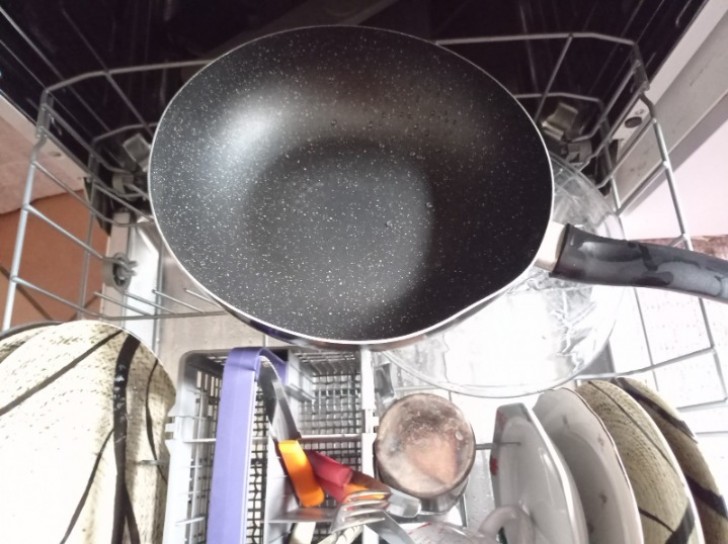
Creativo
A thin, oily layer is deposited on non-stick pans which serves to preserve the function of the coating, but this is removed by washing in the dishwasher. To avoid throwing pans in the trash regularly, hand wash your non-stick pots and pans: it is a pain, but certainly it's cheaper and more ecologically friendly!
8. Sanitizing wipes
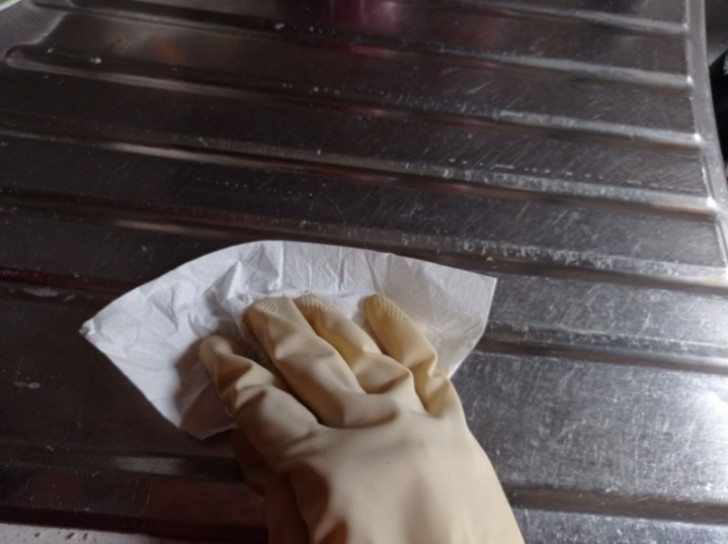
Creativo
Sanitizing wipes (wet wipes) are excellent to use in an emergency, but their use should be limited to small areas and they should be changed regularly, so as to avoid spreading dirt and germs everywhere. That said, cleaning is more effective and has less impact on the environment by using a decent disinfecting detergent.
9. Vacuum cleaner
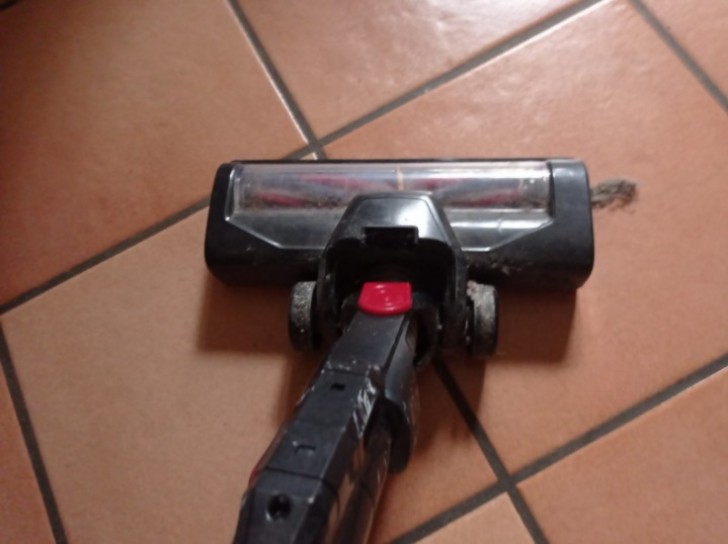
Creativo
Like all household appliances intended for cleaning chores, the vacuum cleaner can accumulate dirty residue over time which could then be re-deposited around our homes during each use. It is therefore essential to remember to clean the vacuum cleaner regularly: the brushes, the hoses and the dirt collection devices must be cleaned regularly. You can do this by immersing these parts in water and baking soda on a regular basis. The filter must always be kept clean and replaced regularly.
10. Too much detergent
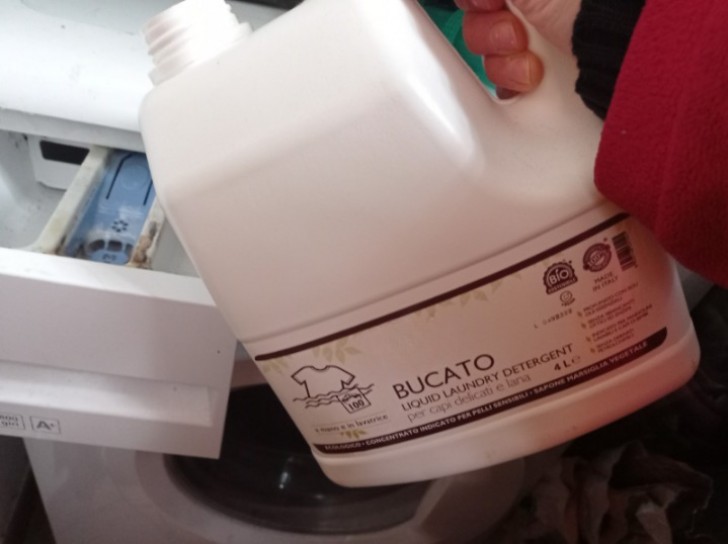
Creativo
We are often tempted - especially in the case of heavy or stubborn dirt - to add more detergent than recommended to ensure a better cleaning. But in reality, this will give us the opposite result. An excess of detergent in the washing machine leads to the formation of a residue of foam in the fabrics. This not only leaves the clothes stained and attracts dirt and dust more easily, but can also prevent the removal of pre-existing stains. Make sure you always respect the instructions on the label.
What other items would you add to this list?
